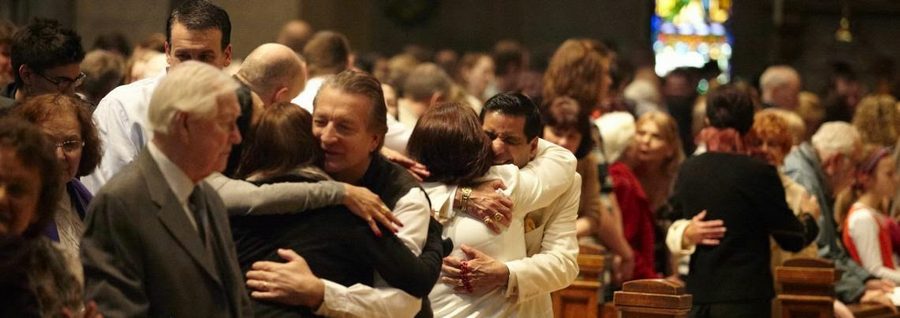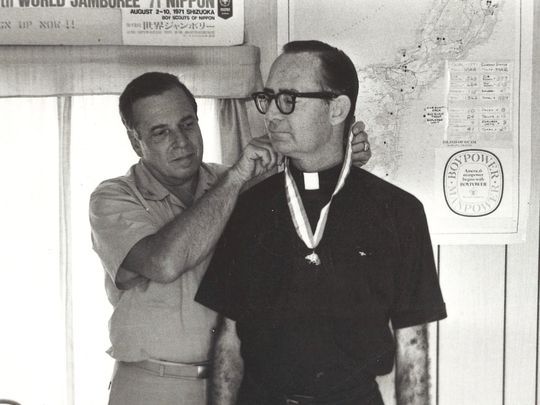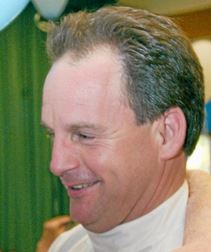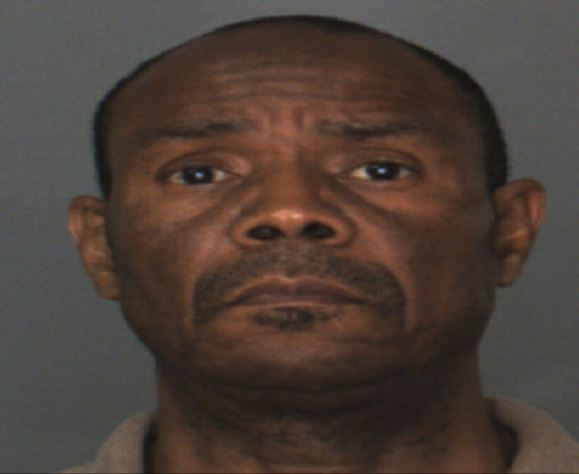
Last Christmas season, I had an interesting interaction with a female stranger at one of my oldest granddaughter’s high school basketball games. As you know, I have a white beard, ruddy complexion, and a portly figure. As a result, people often think I am Santa Claus. Children give me long stares, whereas adults tend to tell me that they have been real good this year, so they are expecting lots of gifts from me. As I was leaving the aforementioned basketball game, I heard someone say, “Look, Santa’s a Bengal’s fan” (I had my Cincinnati Bengals hat on). The woman came down from the stands and asked if she could take a selfie with me so she could show her husband that Santa roots for the Bengals. I said, sure. I thought that we would stand next to each other as she snapped the smartphone photograph. Instead, she put her arm around me and drew me close, acting as if we were best friends. I am certain the woman meant nothing by her warm, affectionate embrace, but it sure embarrassed me and made me feel uncomfortable. I quickly exited the gym, glad to be free of the woman’s perfumed embrace.
The sexual harassment of women has been in the news lately. I, for one, am glad that this issue is getting the attention it deserves. Part of the sexual harassment discussion has to do with understanding boundaries and treating others with respect. We should never lay our hands on people without their permission; even if we are innocently doing so. We should never behave in ways that cause others to feel uncomfortable or embarrassed.
This got me thinking about all the women (and men) I have hugged in church over the years. I hugged hundreds of people during my time as an Evangelical pastor. I viewed the hugs as a sign of love. Hugging is a common practice among Evangelicals. I suspect most former Evangelical readers know what I am talking about. It was assumed that everyone was okay with being hugged by non-family members. After all, the church was viewed as our real family, and families hug each other, so it was deemed appropriate for congregants, without permission, to hug one another. I wonder, in light of current discussions about sexual harassment, if it might be time to take a closer look at hugging in church.
I am not overtly emotional in public. I don’t hug my children, nor do I tell them that I love them every time I see them. My family knows I love them, not because of words or outward displays of affection, but because I am there for them no matter what; because, when they need help, I am always available; because when they ask me to do something for them, I always say “Yes.” I am, emotionally, very much like my parents. This drives some people crazy. People who are clap-happy seals needing verbal pronouncements of love tend to think I am uncaring or indifferent. For a long time, I felt guilty about not being emotionally exuberant when it was “expected” of me. Finally, I reached a place in my life where I realized that it was okay for me to be who and what I am; that the clap-happy seal crowd doesn’t have the right to demand from me certain emotional responses.
I hugged people in church because I thought it was expected of me. I never felt comfortable doing so, but I viewed hugging as part of my job description. I now wonder if there were congregants — especially women — who felt as I did. I wonder if these women felt they were being sexually harassed/assaulted in Jesus’ name. At the very least, the hugging violated the personal space of others. People should have the inviolate right to not be touched by others without first giving permission. While most church hugging is benign, I have no doubt that there are some men who are sexually stimulated when hugging female church members. I wrote about his several weeks ago in a post titled, Beware of Deacon Bob.
We have reached a place culturally where people have a right not to have their persons violated. In the case of women, in particular, many of them have had to endure inappropriate touching out of not wanting to make a fuss in public. Perhaps, it is time to make a fuss. Perhaps, men need to be taught how to properly interact with the fairer sex. The rules are quite simple: no physical contact without permission. Want to hug someone? Ask first. Years ago, when Polly and I were looking for a church to attend, we were repeatedly assaulted by well-meaning Christians who were way too familiar with us — people we had never met before. From hugs to interrogations about where we lived and worked, we often felt we were being mugged. On more than one occasion I wanted to tell the person interrogating us, I’m sorry. I don’t have sex on the first date. Of course, I was too polite to say this. I wonder if I am alone in feeling this way. I suspect I am not, that many readers have had their personal space violated time and again by well-meaning (and not-so-well-meaning) people. How about we all agree to respect each other enough to keep our hands to ourselves. If you want to hug people you don’t know, ask them if it is okay for you to do so. If they say “Yes,” then, by all means, hug them, keeping your hands where they belong and not hugging them in a way that turns from friendly to sexual. In other words, learn what boundaries are and practice them.
Did you attend a hugging church? Were you hugged without permission? How did this make you feel? Please leave your thoughts in the comment section.
About Bruce Gerencser
Bruce Gerencser, 60, lives in rural Northwest Ohio with his wife of 39 years. He and his wife have six grown children and eleven grandchildren. Bruce pastored Evangelical churches for twenty-five years in Ohio, Texas, and Michigan. Bruce left the ministry in 2005, and in 2008 he left Christianity. Bruce is now a humanist and an atheist. For more information about Bruce, please read the About page.
Bruce is a local photography business owner, operating Defiance County Photo out of his home. If you live in Northwest Ohio and would like to hire Bruce, please email him.
Thank you for reading this post. Please share your thoughts in the comment section. If you are a first-time commenter, please read the commenting policy before wowing readers with your words. All first-time comments are moderated. If you would like to contact Bruce directly, please use the contact form to do so.
Donations are always appreciated. Donations on a monthly basis can be made through Patreon. One-time donations can be made through PayPal.









